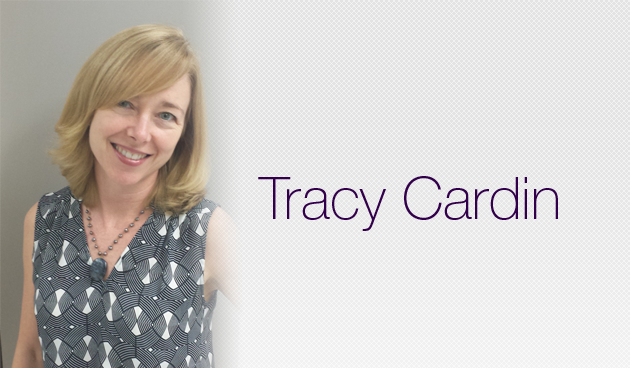A lot has been written about physician (or provider) burnout. Some of the highest burnout rates include internists and ER doctors, both of which live in our wheelhouse, and some factors that impact the burnout rate have included too many bureaucratic tasks, insufficient income, the computerization of medicine, the ACA, (thanks Obama), insufficient income in relation to hours of work, lack of work-life balance, hyper-responsible personality types as well as a lack of individual control within an organization. But in my practice, one of the greatest negative impacts I see on provider attitude and compassion fatigue is the erosion of the respectful relationship between provider and patient.
Let me demonstrate.
Just last week on our hospital medicine service, we had a patient call a provider “bitch,” had a patient who refused to take any medicine or comply with any phlebotomy without multiple 45-minute debates about the relative merits of each intervention, and had a patient complain to patient relations multiple times because the provider would not increase the PCA from the 9.75 mg of dilaudid an hour the patient was receiving. And the kicker was the patient who threw an entire cup of coffee, then the cup, at the attending physician who came to discuss the patient’s care.
In the comedy Seinfeld, Jerry Seinfeld asks Newman, who works at the post office, why people who work there “go postal.” Newman replies, “Because the mail never stops.” I think a similar answer occurs in hospital medicine. The patients never stop. But despite the fact that this career is a lot like stringing beads with no knot at the end, I don’t think the never ending nature of patients is the reason why providers get burnt out. And as noted in the previous paragraph, there are likely multiple factors that contribute to compassion fatigue. But I can’t help but wonder if the degradation of provider patient relationships have a larger impact than we acknowledge.
Workplace violence against healthcare providers is underreported and underrecognized according to an April 28th article published in the New England Journal of Medicine. Most incidences of workplace violence are verbal, and the healthcare sector is statistically among the industries most subject to violence in the United States, aside from law enforcement. Accurate reporting is difficult, though, due to the inconsistency in specific definition of the various categories of violence – meaning verbal assault versus threats, physical assault and battery. Despite the deficiencies and inconsistencies in reporting and defining, the overall statistics are disturbing. Within the hospital environment, the ER and psychiatric units are the environments where these behaviors are more likely to be seen. In fact, in the NEJM article, 100 percent of ER nurses reported verbal assault. Read that again. 100 percent of nurses in the emergency room. That is shocking. Despite this disturbing statistic, few hospitals or healthcare organizations are required to have specific preventative strategies in place.
And though “patient interactions” are often on the list of factors negatively impacting provider satisfaction, not enough research has been done to investigate its impact on our professional satisfaction. I’m all for patient-centered practices and including patients in decision making, especially when patients are rational and are able to reason. But in this day and age of undertreated substance abuse and mental illness, it may be that healthcare providers are suffering greater ill effects from these patient/provider conflicts. We should not have to suffer physical and emotional torment simply to do our jobs. I think hospital medicine groups should have firm policies in place for unacceptable behavior on the part of patients.
When I look back over the 27 years of my practice, I’m struck about the escalation of our patients. It used to be that you might have one extremely difficult (meaning mentally ill, possessing a personality disorder, struggling with addiction) patient every couple of months. But now, I’m seeing 1-2 dual diagnoses patients daily. These patients are difficult to help in any therapeutic way, as they possess problems and challenges that are unlikely to be fixed in a hospitalization, despite their desperation. And it’s not like there are a ton of outpatient resources for these same patients. Try referring a patient without insurance to an outpatient psychiatrist. So we as hospitalists are left trying to solve the unsolvable and fix the unfixable, all the while being pressured to get patients out before noon. On top of that, we bear the brunt of the sequelae of societal and personal systems that we have little to no impact on. I’m not talking about upset or disagreement. I know people are sick and stressed and upset. That’s human. But throwing a full cup of coffee at someone, or calling them a “bitch?” That’s inhumane.
I’m sure providers out there can tell a million stories that are similar to mine.
The question is: how does your group manage these patients without burning out the providers?



Thank you for your important additions.